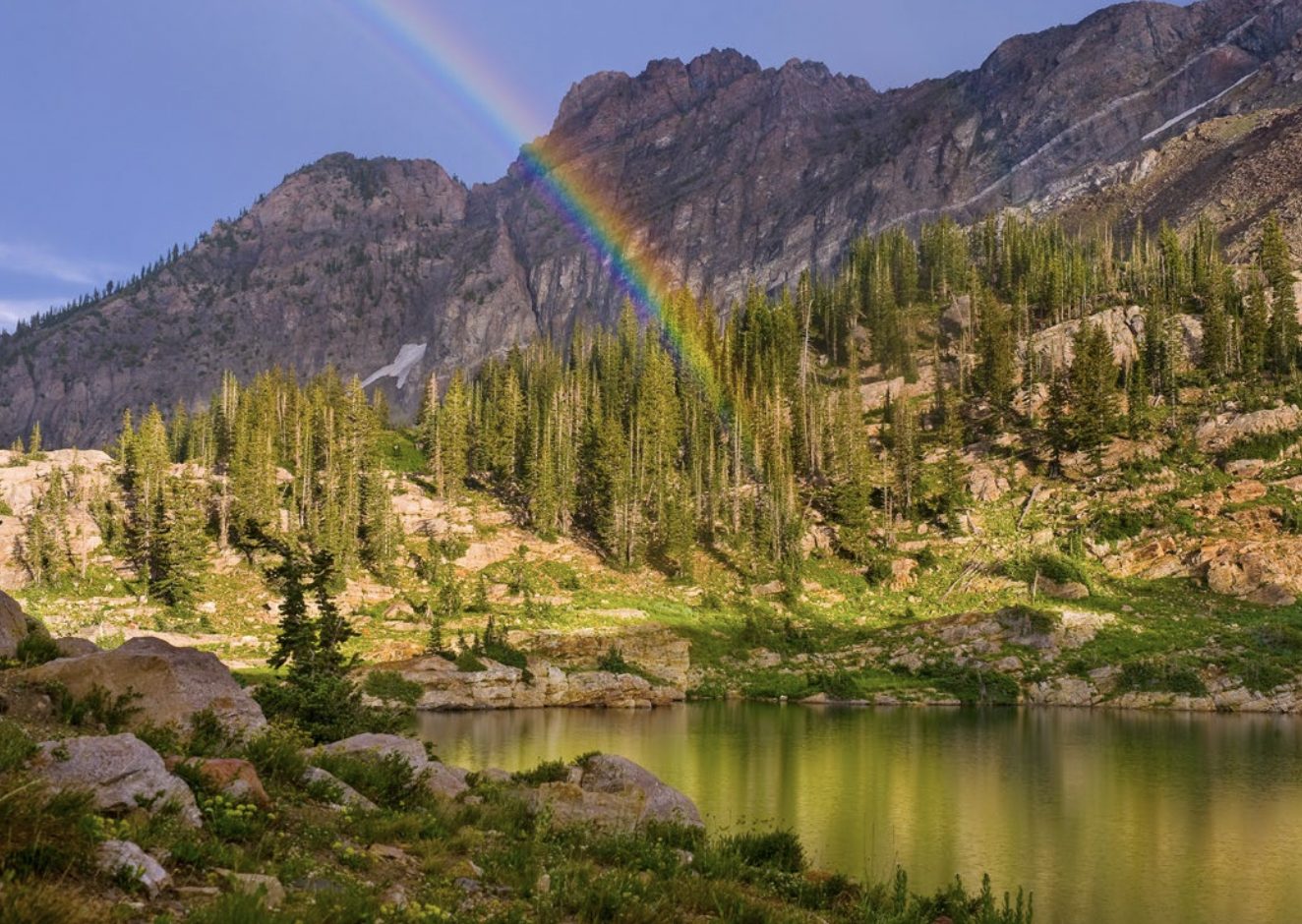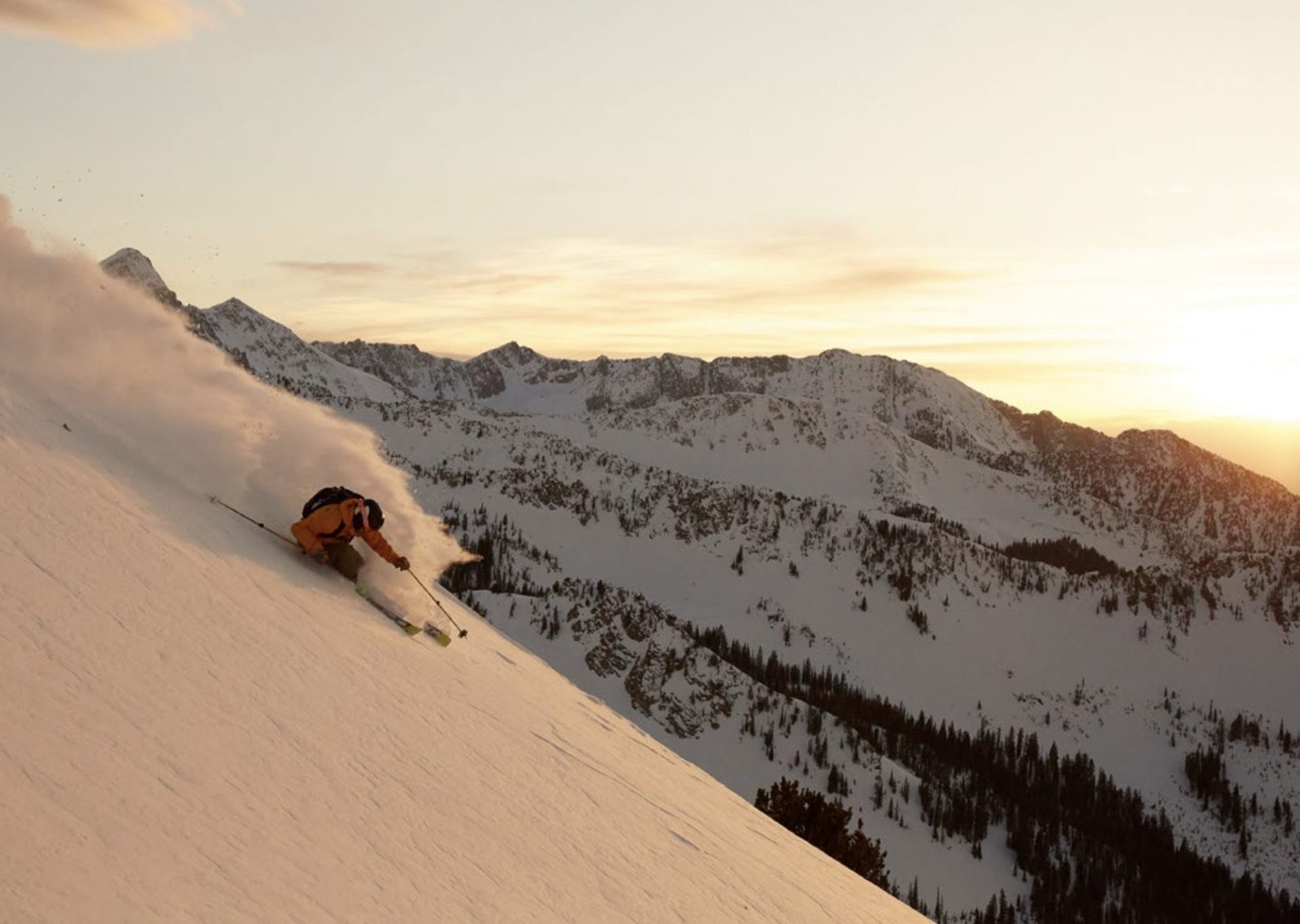
Directly east of Salt Lake City, the towering Wasatch Mountains rudely rise like a defense wall, guarding a wilderness refuge of granite walls, alpine trails, and pristine snowfields. Little Cottonwood Canyon, carved over millennia, is the crown jewel of this range—a sanctuary for skiers, climbers, and hikers. Now, it stands at a crossroads. A proposed gondola threatens to split its ridges with steel towers, erasing its wild character to serve two ski resorts. For Howie Garber, a photographer and conservationist, the canyon is more than just a landscape. It is a place to fight for, a battleground where the stakes are as high as the peaks themselves.
Garber’s latest project, Alta and Little Cottonwood Canyon, Jewel of the Wasatch Mountains, is a book born of urgency. The proceeds from its sale will fund lawsuits to block the gondola, a project Garber calls “a theft of public lands for private profit.” The book, a collaboration with 10 photographers and 12 authors, is both a celebration of the canyon’s beauty and a rallying cry to save it. For Garber, it is the culmination of decades of work in the Wasatch, where his camera lens and his activism have been tools to protect what he calls “one of the last truly wild places near a city.”
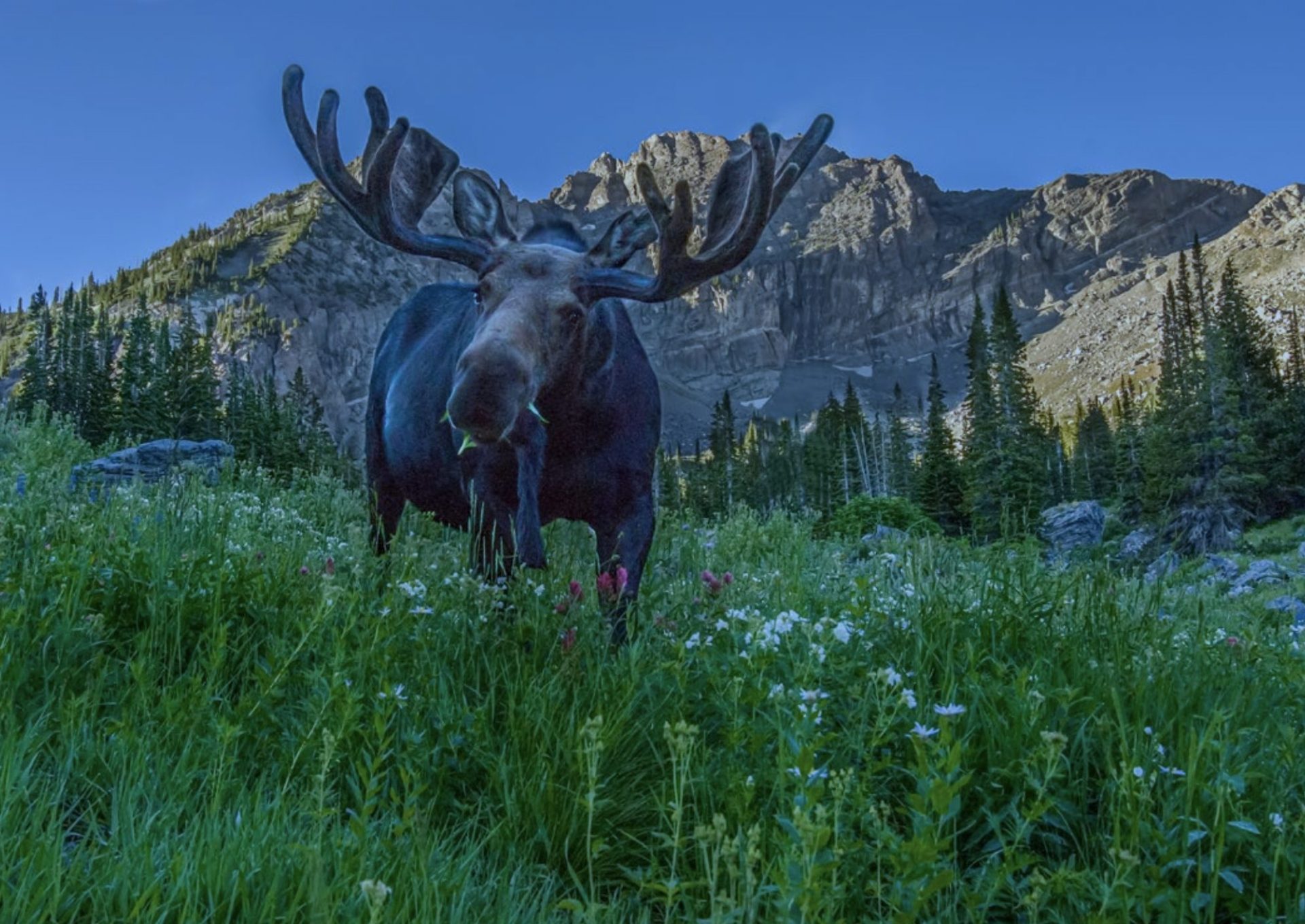
- Related: General Manager of Alta Ski Area, UT, Reiterates Support of Little Cottonwood Canyon Gondola
The gondola proposal from the Utah Department of Transportation (UDOT) is one of the most controversial infrastructure projects in recent Utah history. Pitched as a solution to Little Cottonwood Canyon’s notorious traffic congestion, the gondola would stretch nearly eight miles, connecting the base of the canyon to the Alta and Snowbird ski resorts via massive 250-foot towers. However, critics like Garber argue that the project prioritizes profit over people. “This gondola isn’t about solving traffic problems; it’s about making ski resorts and land developers richer,” he says. “It’s stealing a remarkable place from the citizens of Utah.”
The gondola, which would cost taxpayers over $500 million, has sparked fierce opposition from environmentalists, local residents, and outdoor enthusiasts. Beyond its staggering price tag, opponents point out that the gondola would primarily serve Alta and Snowbird skiers, offering little benefit to backcountry users, hikers, or climbers who also cherish the canyon. Its massive steel towers would permanently alter the canyon’s iconic views, while its construction could have severe environmental consequences.
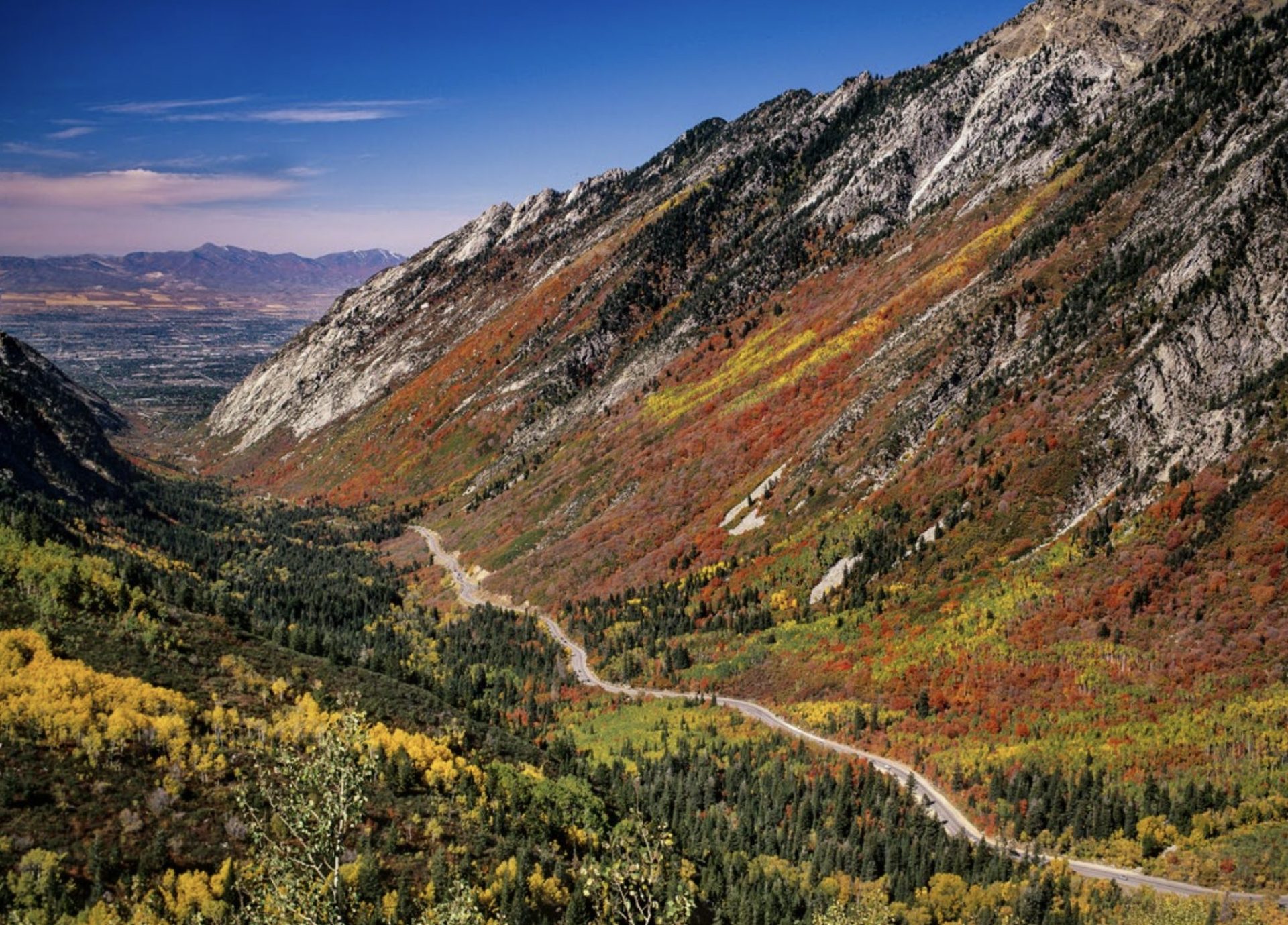
One of the most pressing concerns is the impact on Little Cottonwood Canyon’s watershed. The canyon supplies a significant portion of Salt Lake City’s drinking water, and critics worry that construction could disrupt the delicate ecosystems that maintain water quality. The Salt Lake City Water Department and the Metropolitan Water District have already filed lawsuits against UDOT, arguing that the Environmental Impact Statement (EIS) for the project failed to adequately study its potential effects on the watershed. According to Garber, the gondola towers aren’t just an eyesore—they could jeopardize the water that sustains this city.
The opposition to the gondola is not merely about aesthetics or local inconvenience. It raises fundamental questions about public land use, equity, and environmental stewardship. While gondola proponents highlight the potential for reduced car traffic, critics point out that the system is unlikely to significantly alleviate congestion during peak ski days, as it does not address the volume of cars headed to trailheads or other destinations in the canyon. Additionally, the gondola would primarily benefit two private resorts, raising concerns about whether taxpayer funds should be used to subsidize a project with such narrow utility.
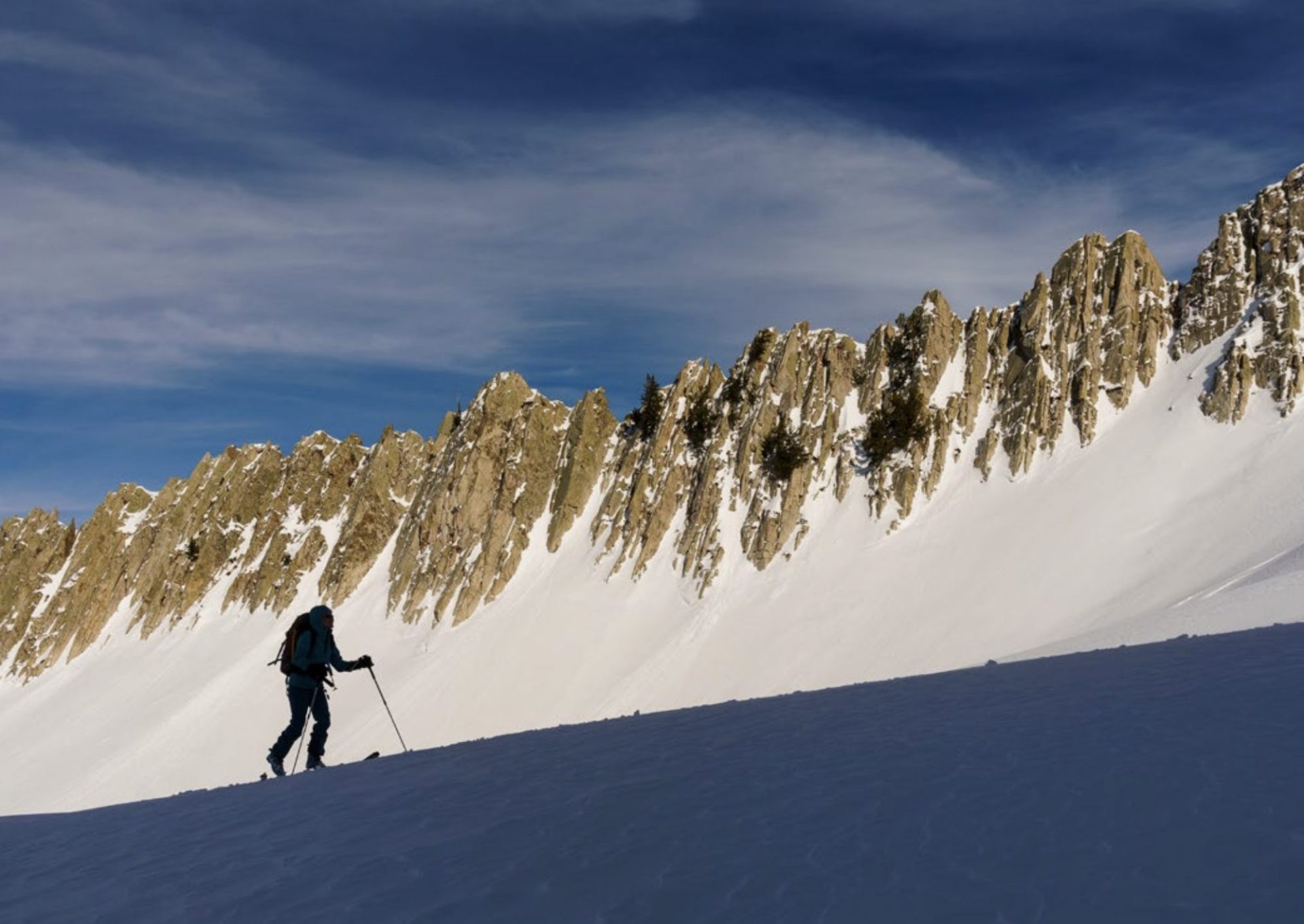
For Garber, the gondola proposal represents a broader trend of prioritizing short-term economic gains over long-term conservation. “This isn’t just about Little Cottonwood Canyon,” he says. “It’s about how we value our natural spaces and who gets to decide their future.”
Garber’s fight against the gondola is deeply personal. A backcountry skier and photographer for over five decades, he has spent much of his life exploring and documenting the Wasatch. His connection to Little Cottonwood Canyon runs particularly deep; it’s where he first cut his teeth as a photographer in the 1970s and where he has returned year after year to capture its unparalleled beauty.
“This place has shaped who I am,” he says. “It’s more than a landscape—it’s a part of my life.”
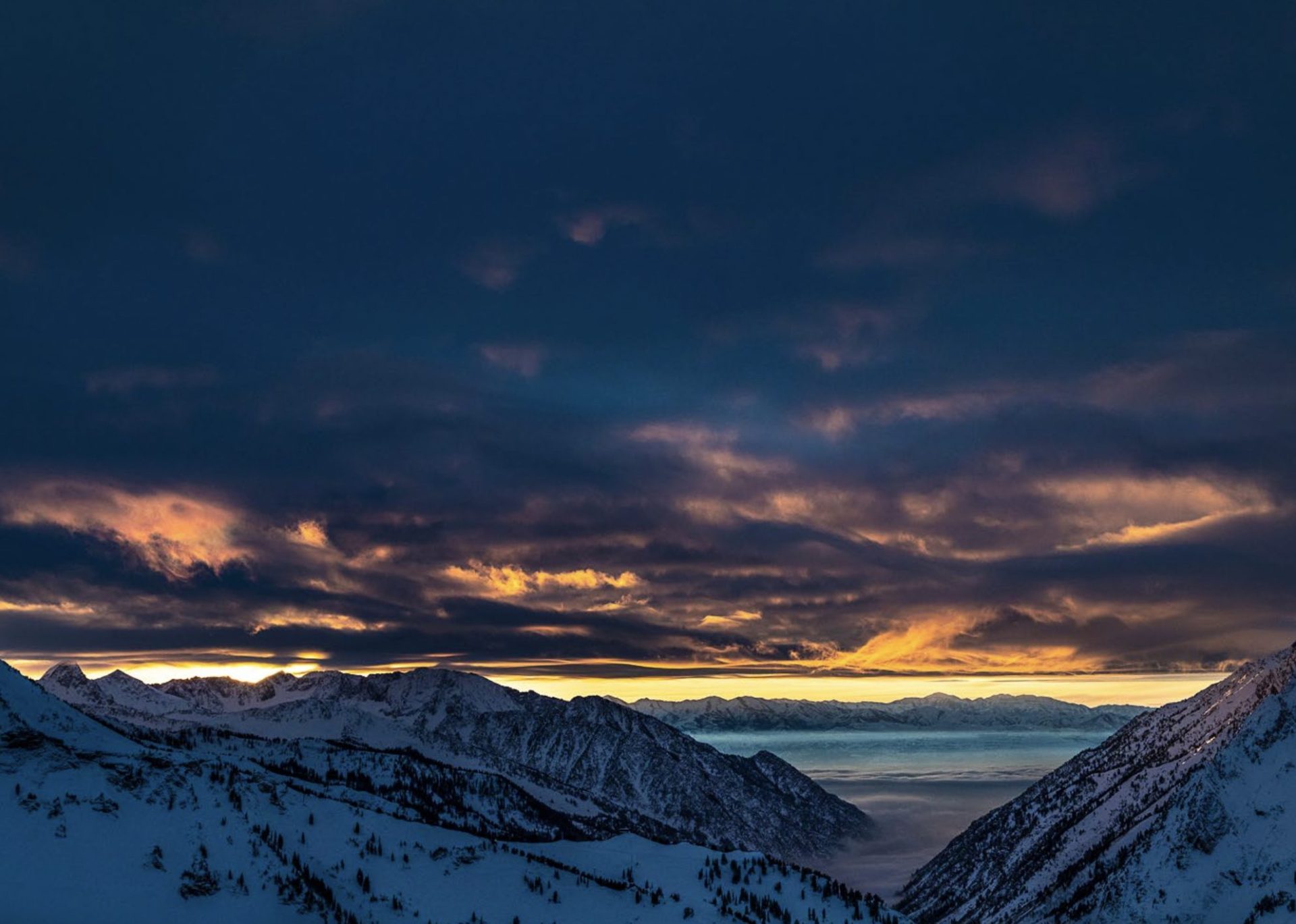
The idea for Alta and Little Cottonwood Canyon, Jewel of the Wasatch Mountains was born out of this connection. When Garber first heard about the gondola proposal, he knew he had to act. Drawing on his experience with previous conservation campaigns, including a successful effort to stop a ski lift connecting Park City and Big Cottonwood Canyon, he decided to create a book that could both celebrate the canyon’s beauty and support the fight to protect it.
The result is a collaborative masterpiece. The book features over 35 years of Garber’s photography alongside contributions from eight other photographers and 12 authors, Garber included. The essays cover a wide range of topics, from the history of skiing and climbing in Little Cottonwood to the canyon’s ecological importance and the potential impacts of the gondola. Contributors include avalanche expert Bruce Tremper, former Salt Lake City mayor Ralph Becker, and climber Alex Schmidt, each bringing their unique perspectives to the project.
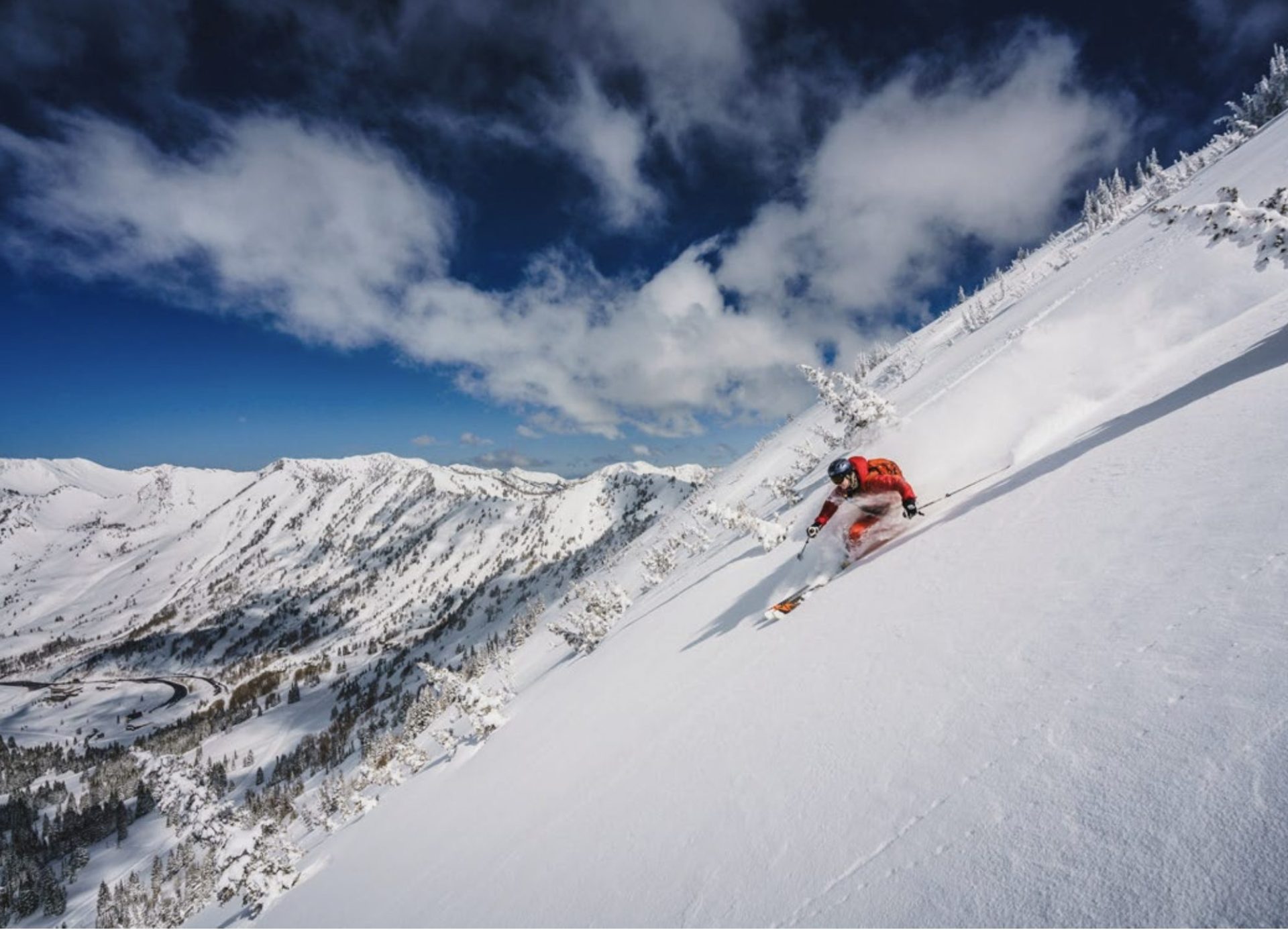
According to Bruce Tremper, former Director of the Utah Avalanche Center, Little Cottonwood Canyon is considered one of the world’s premier skiing destinations due to a unique combination of factors. Its famously light, dry snow results from storms losing moisture as they pass over mountain ranges before reaching Utah, creating perfect powder. Alta averages over 500 inches of snow annually and sees about 18 days per season with more than 10 inches of snowfall, far surpassing other destinations like Colorado’s Berthoud Pass. It’s a perfect mixture of quality and quantity.
The terrain is ideally varied, with above and below-treeline options that suit all weather and avalanche conditions. Utah’s sunny climate often provides clear skies between storms, and LCC’s avalanche danger, while present, is relatively forgiving compared to other parts of the Rockies. Coupled with highly detailed forecasts from the Utah Avalanche Center and unmatched accessibility from Salt Lake City, LCC offers a winter experience that’s difficult to rival. However, its popularity raises critical questions about how to balance access with preserving the canyon’s unique magic.
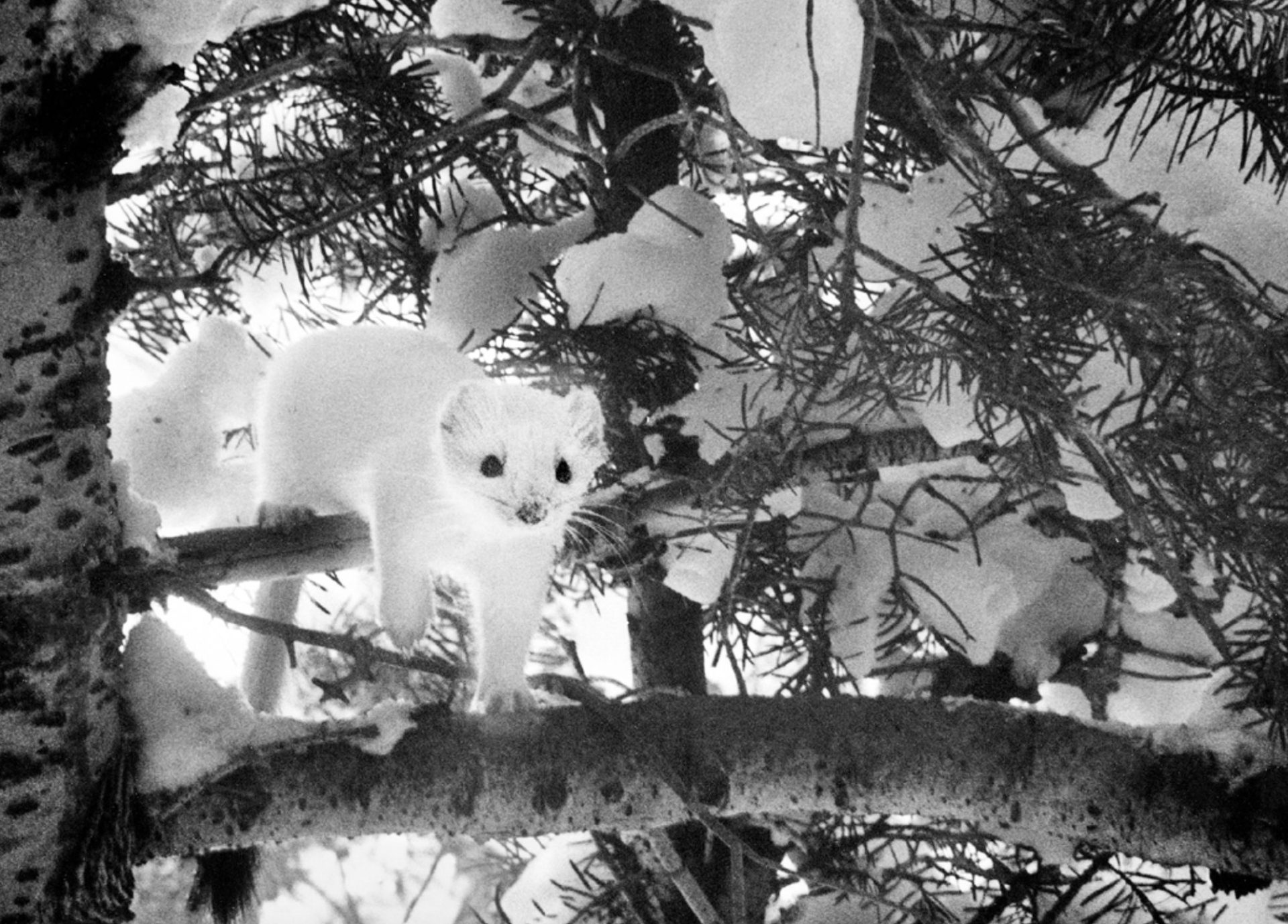
Ralph Becker, former mayor of Salt Lake City and long-time advocate for the Wasatch, reflects on the mounting pressures facing the Central Wasatch Mountains in his section of the book. For over 50 years, these peaks have been his solace and his backyard, but the rise in population and recreational demand has outpaced minimal infrastructure improvements. Becker describes how unsustainable use levels have led to increased traffic, strained rescue resources, and a diminished visitor experience.
Despite debates over the best solutions, Becker emphasizes the shared understanding that transportation, resource protection, and visitor management are interconnected challenges. He argues for an inclusive process, where experts, community members, and decision-makers come together to weigh decades of research and find a sustainable path forward. While legal battles over proposals like the Little Cottonwood Canyon gondola continue, Becker insists that this period should be used to collaborate on solutions that respect and protect the Wasatch for future generations. For Becker, any transportation decision must be thoughtful and enduring, ensuring that this cherished landscape remains accessible while preserving its natural integrity.
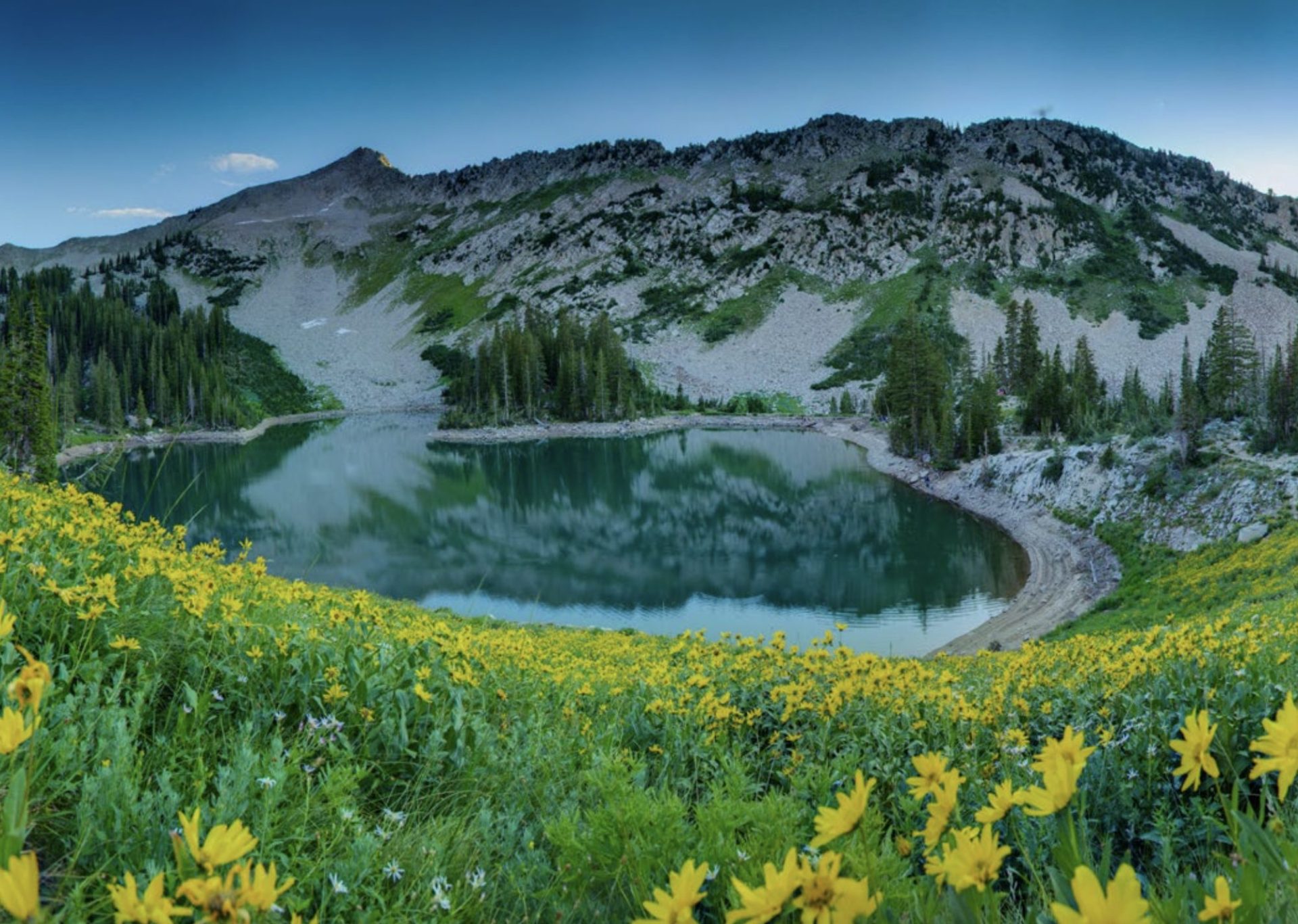
The book’s launch event at the King’s English Bookshop in Salt Lake City brought together many of its contributors and supporters who share Garber’s vision. The event was filled with attendees eager to meet the authors, hear their stories, and purchase signed copies of the book. The atmosphere was celebratory but tinged with urgency, as proceeds from every sale went directly to funding the lawsuits against the gondola. Garber addressed the crowd with a heartfelt plea to protect the canyon. “This isn’t just about skiing,” he said. “It’s about water, wildlife, and the legacy we leave behind. Once you put up 250-foot towers in this canyon, you can’t take them down.”
The lawsuits funded by the book are just one part of a broader movement to preserve Little Cottonwood Canyon. Organizations like Friends of Alta and Save Our Canyons have been at the forefront of this fight, drawing on decades of experience advocating for the Wasatch. Their efforts have already led to significant victories, including stopping Snowbird from building a roller coaster on Mount Superior and preventing the construction of additional chairlifts in White Pine Canyon.
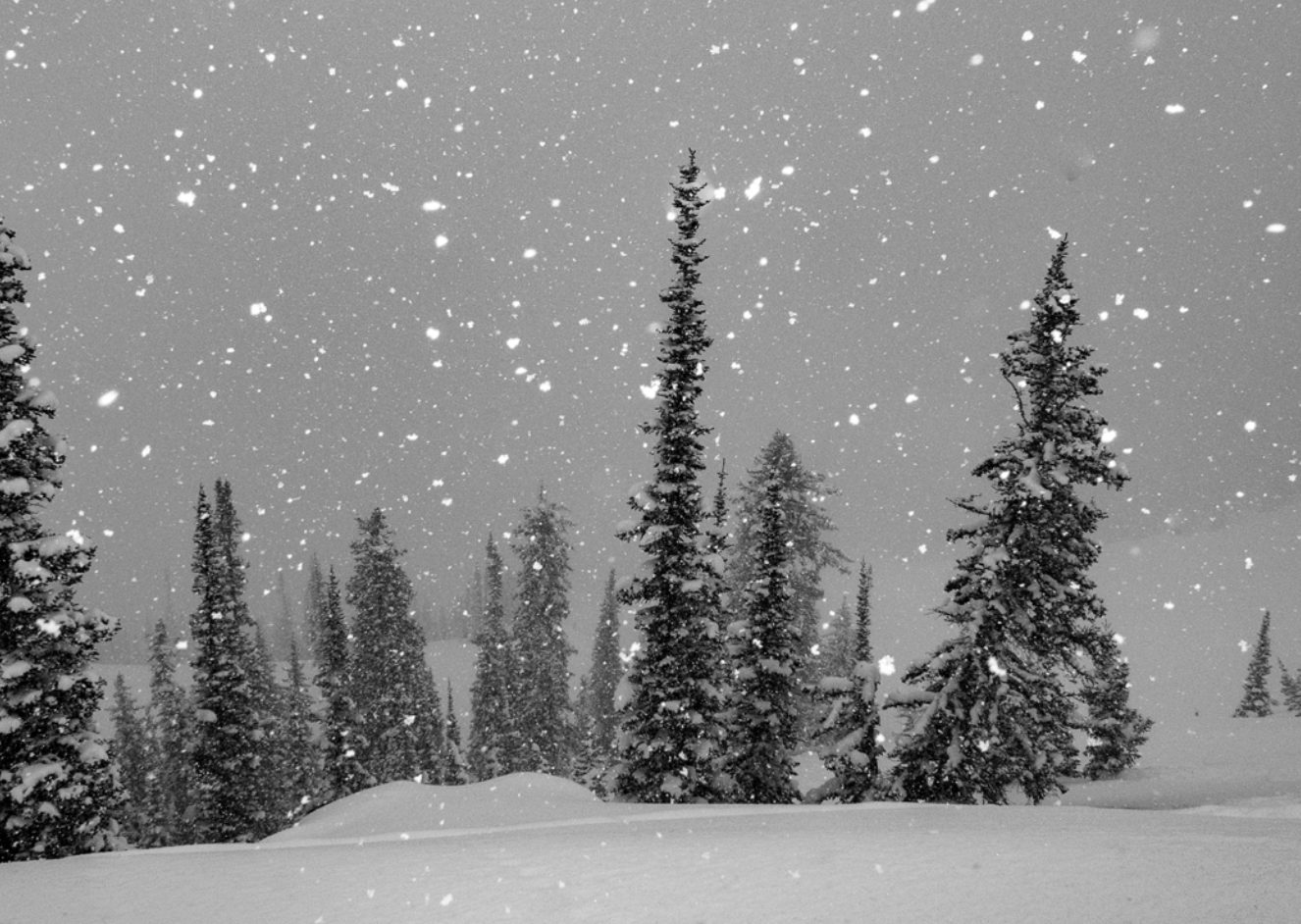
The book also serves as a reminder of what’s at stake. Little Cottonwood Canyon is not just a recreational paradise; it’s a vital ecological and cultural resource. Its granite walls are recognized by the Library of Congress as a historic climbing area, while its snow-covered slopes draw skiers and snowboarders from around the world. For Salt Lake City residents, the canyon is a refuge from the summer heat and a source of clean drinking water. “This canyon is a lifeline for the community,” Garber says. “It’s not just a destination—it’s a necessity.”
In addition to its environmental and recreational value, the canyon holds deep personal significance for those who have spent their lives exploring its trails, ridges, and couloirs. For Garber, the fight to save Little Cottonwood is about preserving that connection for future generations. “This place has given me so much,” he says. “This book is my way of saying thank you—and my way of fighting to protect it.”
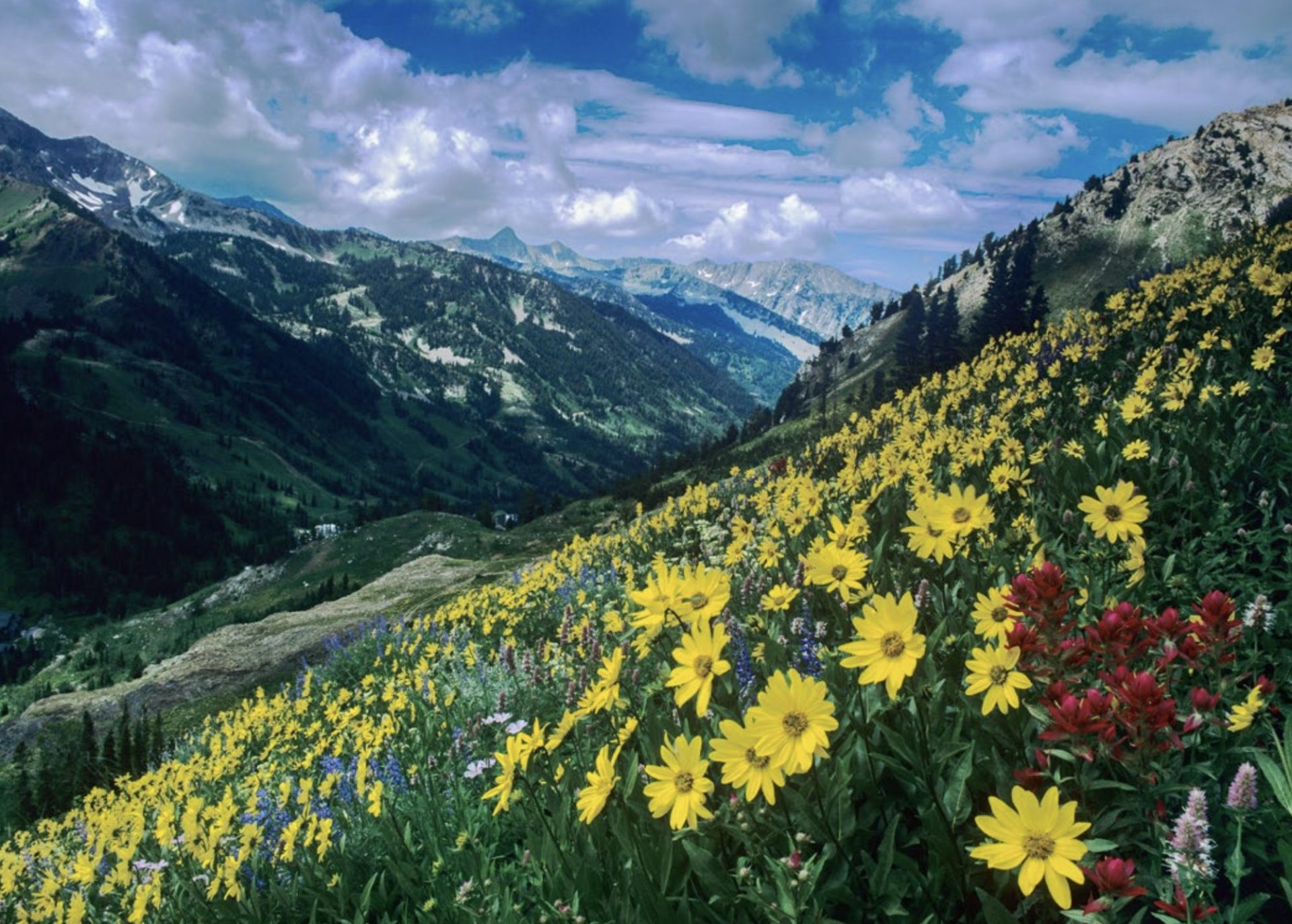
Despite the challenges ahead, Garber remains optimistic. He points to the strength of the Wasatch community, which has successfully resisted similar development projects in the past. He also highlights the growing awareness of the gondola’s flaws, from its high cost to its limited utility. “Why should the public pay for something that serves such a narrow interest?” Garber asks.
As the event at the King’s English drew to a close, attendees lined up to have their books signed by Garber and the other contributors. Many lingered to share their own stories of Little Cottonwood, underscoring the deep connection so many feel to this special place. Garber hopes the book will inspire others to join the fight. “This is a pivotal moment,” he says. “We have to decide what kind of legacy we want to leave. For me, it’s simple: I want to leave a canyon that’s as wild and beautiful as I found it.”
Purchase Alta and Little Cottonwood Canyon, Jewel of the Wasatch Mountains at friendsofalta.org to support the fight to preserve Little Cottonwood Canyon.
